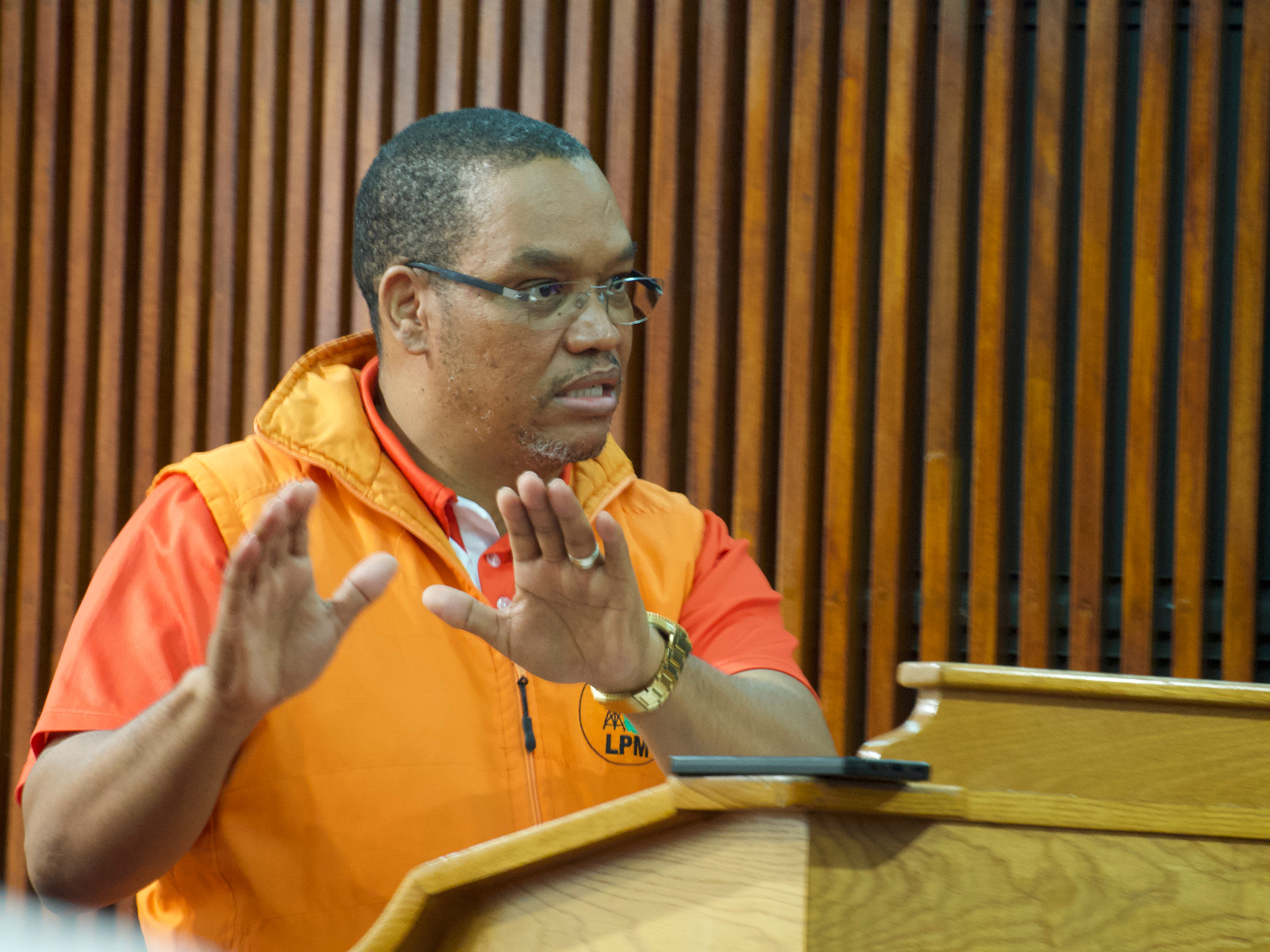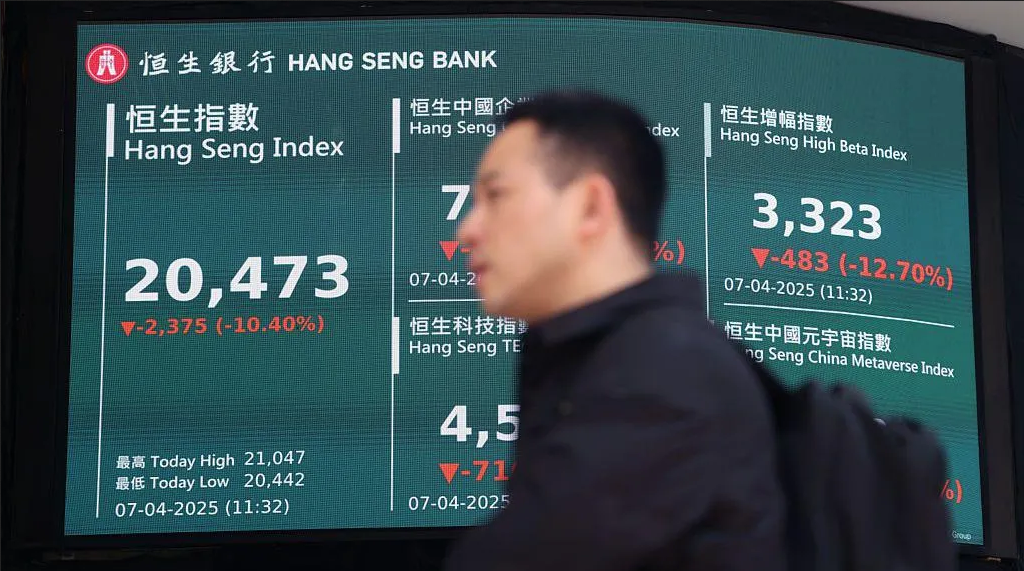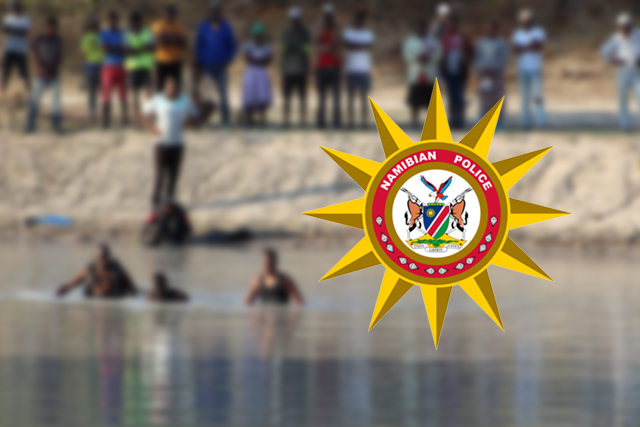Like commercial banks, retail shops are now also taking a conservative approach to who they allow to buy on credit, as the cost of living and interest rates continue shooting up.
Today, the Bank of Namibia is expected to increase the benchmark interest rate by between 25 and 50 basis points (bps) from the current 7,25%.
At 7,25%, Namibia is behind South Africa, which increased its repo rate to 8,25% last month.
In a report by Business Maverick, the Foschini Group, one of South Africa’s biggest retailers and owner of stores in Namibia like American Swiss, Markhams, Sportscene, Sterns, Totalsports, etc., said it is maintaining stringent approval criteria, largely because of the prevailing economic conditions.
The retail group released its annual results for the year to 31 March 2023 last week, revealing strong growth in its retail turnover, which is up by 19,4% to N$51,8 billion.
The Foschini Group says that while demand is high, approval rates for new credit are down, and it will have to rely more on cash sales.
This approach has been what the commercial banks have been doing since the central bank started increasing the repo rate early in 2022.
Private credit extension has been on the low, especially to businesses, which the central bank has always attributed to a difficult economic environment.
In today’s monetary policy announcement, analysts have said they expect at least a repo rate increase of between 25 and 50bps.
Oxford Economics analyst Gerrit van Rooyen said he expects the Bank of Namibia (BoN) to raise the repo rate by 25bps tomorrow – a smaller hike compared to the South African Reserve Bank’s (SARB) 50bps increase in May.
“The recovery in Southern African Customs Union (Sacu) receipts is strengthening Namibia’s foreign currency exchange reserves (forex), which relieves pressure on the BoN to raise interest rates in line with South African rates to deter capital outflows,” he said.
Van Rooyen said Namibian inflation seems to have peaked back in August and is trending broadly lower, while credit demand is weak and the economy is still recovering from years of stagnation and the Covid-19 pandemic – all of which discourage aggressive interest rate hikes.
“However, the BoN will be concerned about the recent trends of a weakening currency and deteriorating trade balance, which could lead to higher inflation and lower forex reserves, respectively.
“If these trends persist, more repo-rate increases will be on the cards,” he said.
Economist Omu Kakujaha-Matundu said he expects a 25bps increase, citing that the BoN will follow short on SARB’s heels, but increasing by a smaller margin to have a little policy space left.
“Despite the tough economic realities Namibia is facing, the Common Monetary Area arrangement leaves the BoN with little room to manoeuvre. The central bank has to raise the repo to protect the peg, and also prevent Namibian funds flowing to South Africa,” he said.
Arysteq Asset Management managing director Purvance Heuer also expects a 25bps increase, the same for Simonis Storm’s Theo Klein.

Letshego Namibia’s chief executive, Ester Kali said she is awaiting a 50bps hike, and so is Namibia Savings and Investment Association chief executive Jason Hailonga, citing that Namibia’s 100bps differential to South Africa was too wide.
At the April announcement, governor Johannes !Gawaxab had said a safer differential that will not allow capital outflow was that which is below 75bps.
The monetary policy committee met from Monday, and is expected to make an announcement of its decision today at 11h00.
Email: lazarus@namibian.com.na
Twitter: @Lasarus_A
Stay informed with The Namibian – your source for credible journalism. Get in-depth reporting and opinions for
only N$85 a month. Invest in journalism, invest in democracy –
Subscribe Now!










